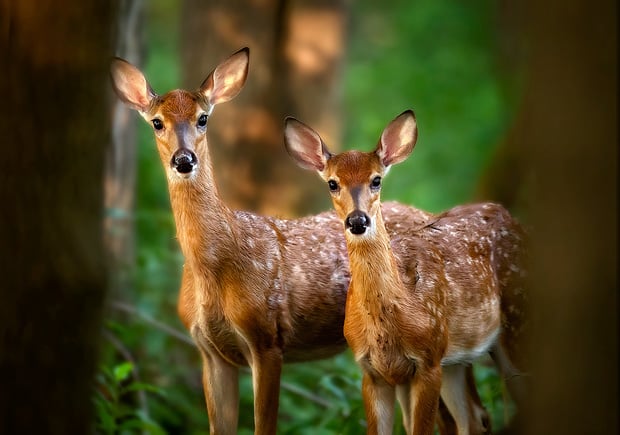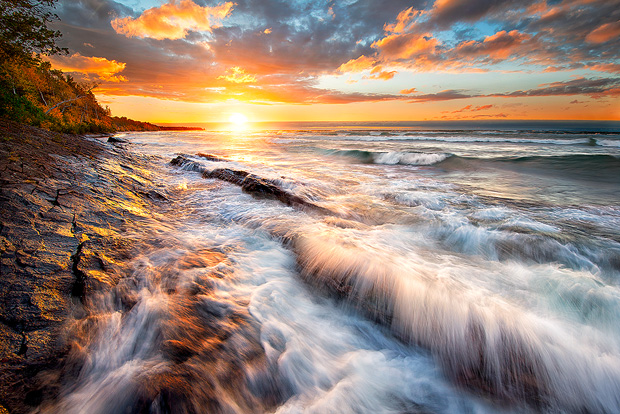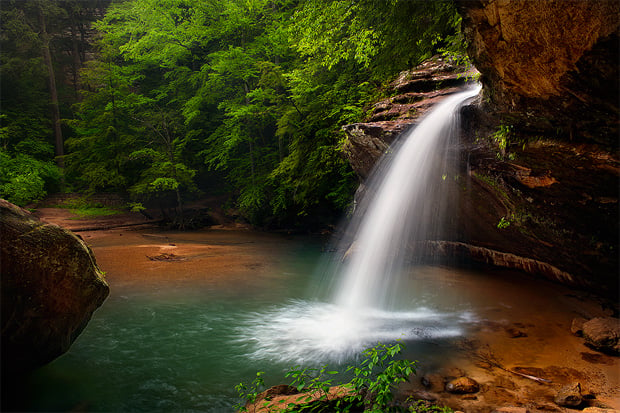AF-ON & Back Button Autofocus: This May Just Change the Way You Shoot Forever
![]()
Still autofocusing by pressing halfway down on your shutter release? Well, suppose I told you there’s another way that you might even like better? Sound interesting? Read on.
See, Back Button AF turns focusing into an almost instinctive act for many photographers. It’s a fantastic alternative to switching between single shot AF for static subjects or continuous AF for action. With back button AF, you can do whatever you want – instantly. I’ve been using it for years, and I’m confident in saying that this technique has helped me land some of my best shots.
Naturally, this is a case of personal preference, however, wouldn’t you like to see if you should add this tool to your arsenal? Check out the video below for details. Oh, and don’t worry – nearly every Nikon DSLR supports the feature and the video shows you exactly how to set it up. Why not give it a try for a couple weeks and see what you think?
Video
Sample Photos
Below are a few sample shots. As a wildlife and landscape photographer, Back Button AF really comes in handy, but keep in mind it’s just as effective on portraits, sports, street, architecture, or whatever style of photography you enjoy. By the way, all were resized using my web sharpening technique you can find on my YouTube channel.
Shooting Action Photos
One of the best uses for Back Button AF is when a static subject suddenly decides it’s time to run, leap, jump, or sprint. You’ll find that going from static shots to action shots isn’t just instantaneous, it will also become instinctive in a very short amount of time. Beats trying to switch back and forth from single shot AF to continuous AF, that’s for sure.



Shooting Static Photos
What about when the action stops and you want a static posed shot? No worries, just focus on the point you want, release the AF button, recompose and shoot all you like. The focus will stay at that point no matter how many times your finger comes off of the shutter release. No more refocusing and recomposing between each and every shot.



Shooting Landscape Photos
Landscape photos really aren’t the type of subject that strike people as benefiting from this technique – after all, how tough can it be to focus on a landscape, right? Well, turns out Back Button AF really does come in handy. It allows you to focus on one spot in the photo, recompose, and shoot – all without the need to repeat the process each time you take your finger off the shutter release. This is especially handy if the spot you want to focus on isn’t under one of your AF sensors. Plus, it makes shooting with a tripod better, since you only need to focus and lock down once, not reset every time you take your finger off the shutter release.



About the author: Steve Perry is an award-winning fine art nature photographer based out of NW Ohio. He’s been doing photography for the last 30 years and continues to travel the country each year seeking out new and exciting landscapes, wildlife, and macro imagery. You can find more of his work on his website, YouTube and Facebook. This article was originally published here.